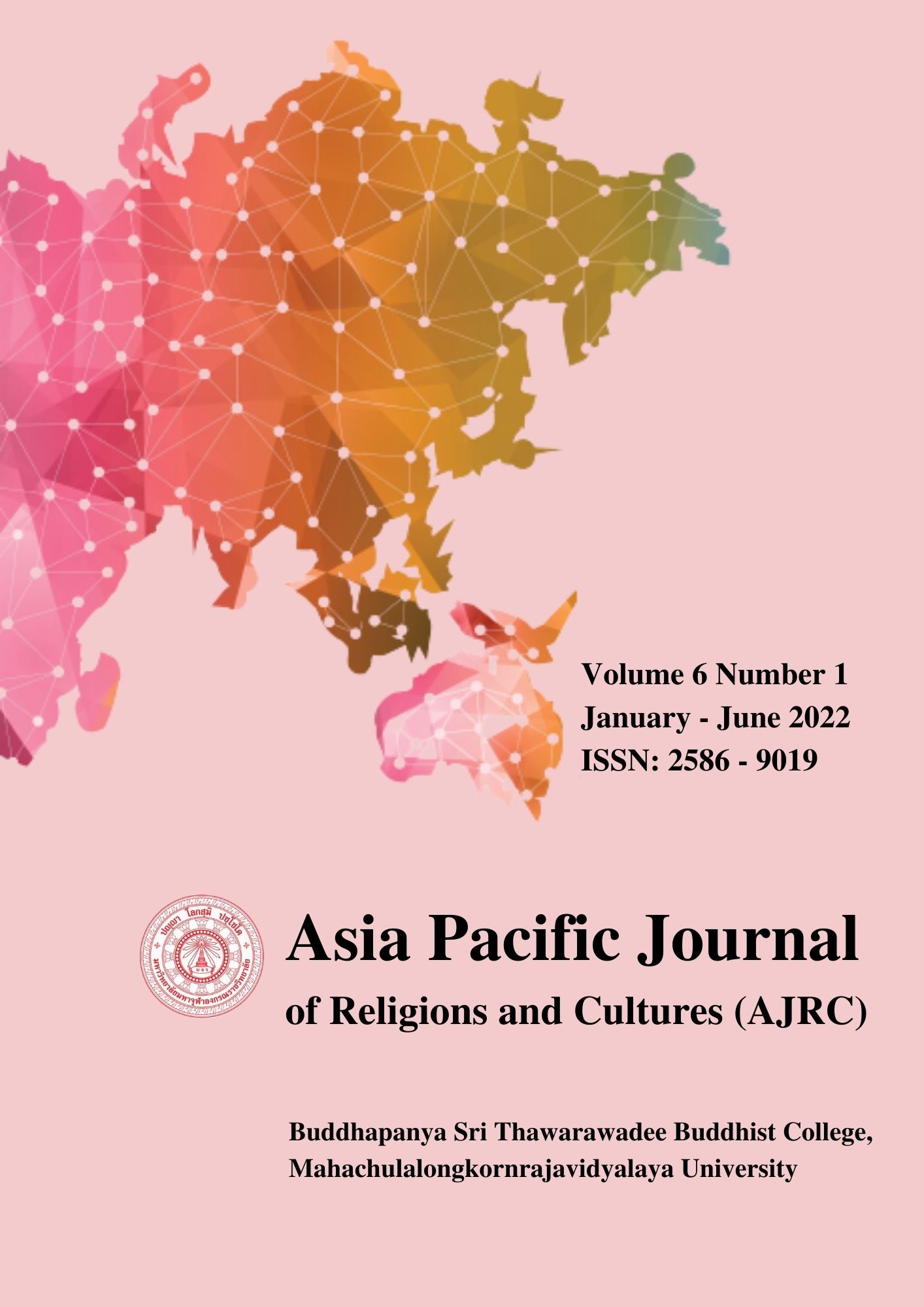The Development and Application of Body Percussion in Music Education, Guangzhou, China
Main Article Content
Abstract
This academic article shows the development of body percussion in western and China. The contents include the definition of body percussion, the body in music experiences and application method, and the idea for using body percussion to develop music education. In classroom instruction, body percussion has been receiving little attention. The lack of attention shouldn't imply that it is useless; body percussion's benefits warrant closer and more in-depth research and study. Body percussion benefits students, teachers, schools, and society. For students, when they engage in body percussion in classes, they can hone their collaboration ability. The nature of instructing body percussion stipulates students observe, imitate, and follow the teacher's lead. When students repeatedly engage in such a process, they will develop their abilities to work with others effectively. Another benefit centers on the development of empathy.
Article Details

This work is licensed under a Creative Commons Attribution-NonCommercial-NoDerivatives 4.0 International License.
References
Arends, R. (2014). Learning to teach. New Jersey: McGraw-Hill.
Carr, L., Iacoboni, M., Dubeau, M. C., Mazziotta, J. C., & Lenzi, G. L. (2003). Neural mechanisms of empathy in humans: a relay from neural systems for imitation to limbic areas. Proceedings of the national Academy of Sciences, 100(9), 5497-5502.
Chen, R. (2019). The relationship between movement and music: from Laban
body dynamic law to Dalcroze eurhythmic approach [doctoral dissertation]. Shanghai Conservatory of Music. http://www.cnki.net
Dewey, J. (1980). Art As Experience. The Berkley Publishing Group.
Doll, W. E. Jr. (2000). A Post-Modern Perspective on Curriculum. H. Y. Wang, Trans). Education Science Press.
Elliott, D. & Silverman, M. (2018). Music Matters: A Philosophy of Music Education (2nd ed.). China: Central Conservatory of Music Press.
Fabra-Brell, E., & Romero-Naranjo, F. (2017). Body Percussion: Social Competence Between Equals Using the Method BAPNE in Secondary Education (Design Research). Procedia - Social and Behavioral Sciences, 237, 1138-1142. https://doi.org/10.1016/j.sbspro.2017.02.168
Hatfield, E., Cacioppo, J. T., & Rapson, R. L. (1993). Emotional Contagion. Current Directions in Psychological Science, 2(3), 96–100. https://doi.org/10.1111/1467-8721.ep10770953
Jaques-Dalcroze, E. (1930). Eurhythmics, art and education, ed. C. Cox,trans. F. Rothwell. North Statford: Ayer.
Joyce, B., Well, M., & Calhoun, E. (2019). Models of teaching (Y. Lan, Trans). China Renmin
Li, X. F., & Fan, Z. Q. (2010). The dynamic construction of category from the perspective of embodied philosophy. Shandong Social Sciences, 23(12), 111-114.
Merleau-Ponty, M. (2001). Phenomenology of perception (Z. H. Jiang, Trans). The commercial press. (Galimard Press 1945)
Ministry of Education of the People's Republic of China. (2022). Compulsory Education Art Curriculum Standards. Beijing: Beijing Normal University Publishing Group.
Ministry of Education of the People's Republic of China. (2022). Compulsory Education Curriculum Program. Beijing: Beijing Normal University Publishing Group.
Morelli, S., Lieberman, M., & Zaki, J. (2015). The Emerging Study of Positive Empathy. Social And Personality Psychology Compass, 9(2), 57-68. https://doi.org/10.1111/spc3.12157Peking University Press.
Shilling, C. (2005). The body in culture, technology and society. SAGE.
Shusterman, R. (2011). Body Consciousness A Philosophy of Mindfulness and Somaesthetics. UK: The Commercial press.
Shusterman, R. (2012). Thinking Through the Body: Essays in Somaesthetics. Cambridge: Cambridge University Press
Tadashi, S. (2017). Culture is the body. J. Q. Li, Trans. Shanghai: Shanghai Literature & ART Publishing House.
Vince, G. (2019). Transcendence: How Humans Evolved Through Fire, Language, Beauty, And Time. UK: Penguin


